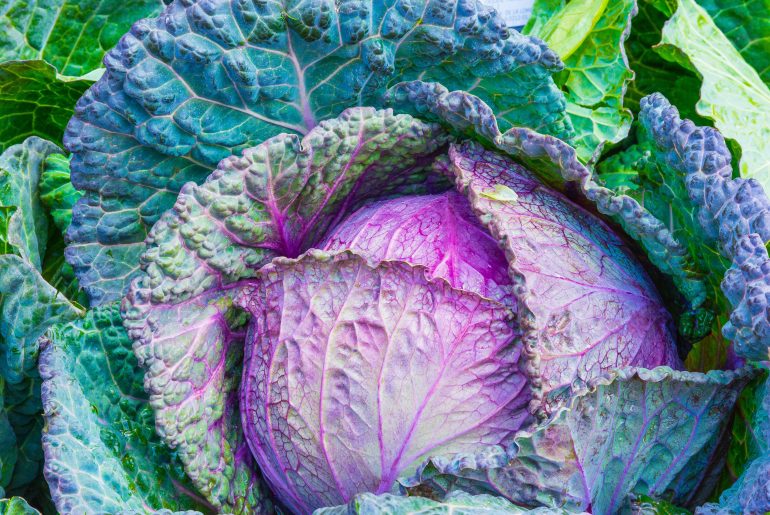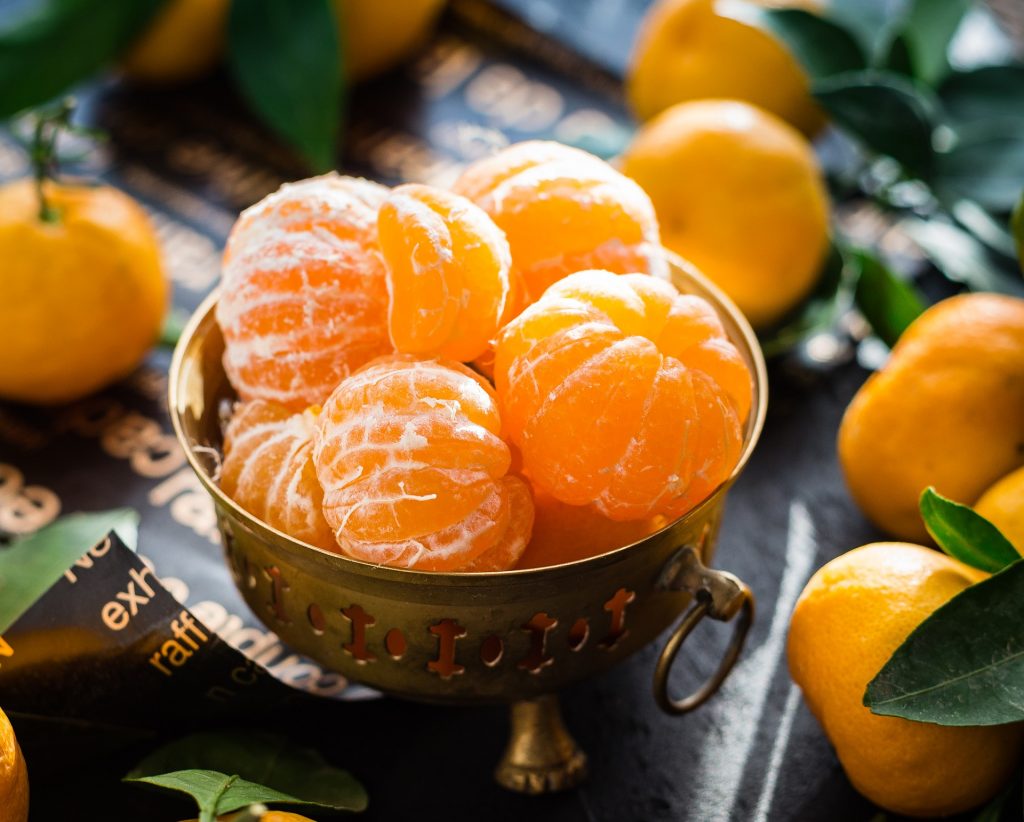Happy New Year, everyone! Whether you’re a lifelong healthy eater or just taking the first steps toward your New Year’s resolution, it’s easy to get tripped up on what healthy produce options are in season and available during the cold winter months. Sure you can buy nearly anything you want in the supermarket, but that doesn’t mean those strawberries shipped halfway around the world are going to be any good. To stick to your healthy diet (and detox from all of those holiday cookies), you need to know what’s going to taste best during this coldest month for growing.
So what is in season in January? For most of the country, not a whole lot. But between cheery citrus and crunchy root vegetables, there’s still plenty of foods grown around the country to inspire your cooking through the season.
Citrus
Most of the citrus grown in the States comes from Florida, Texas, California and Arizona, and the crop peaks this time of year. Perfectly ripe citrus is balanced in sweetness and tartness. Choose oranges, blood oranges or grapefruits for a pop of fresh fresh flavor when the skies turn grey.
Look for: Firm, heavy fruit with a thin, smooth layer of skin. Then store it in the fridge for up to three weeks, or on the counter for up to a week.
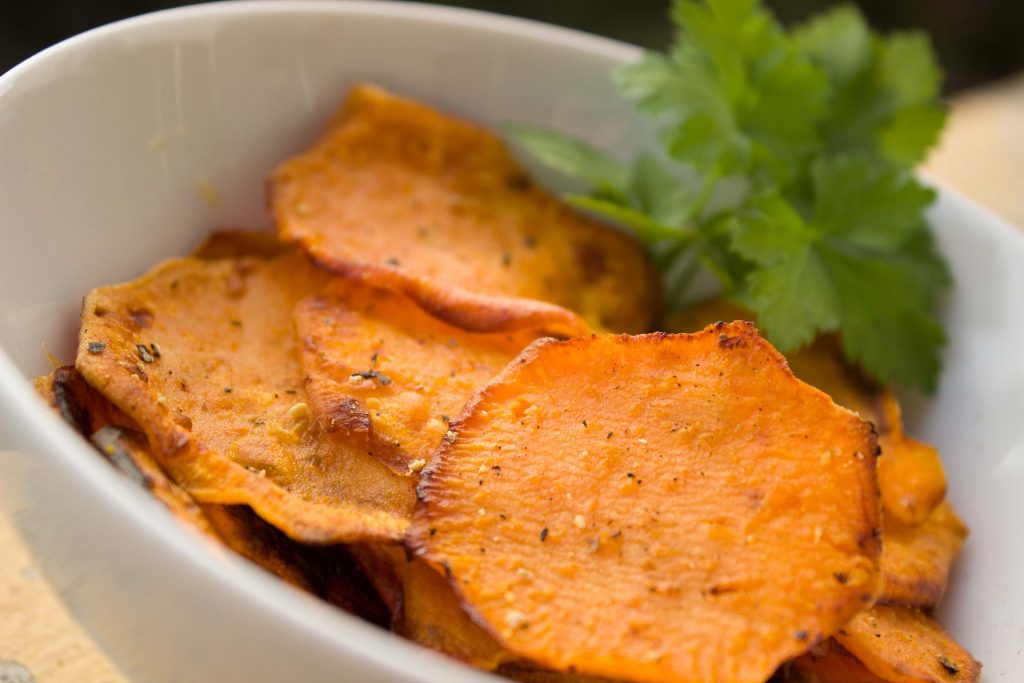
sweet potatoes
Sweet potatoes are generally available year round. One sweet potato packs twice the daily allowance of vitamin A and also has lots of vitamin C, calcium, fiber and only about 140 calories.
Look for: Small to medium sweet potatoes are less starchy and will have a sweeter creamier taste. Skin should be firm, smooth and even-toned without cracks or blemishes.
Beets
Winter varieties of beets aren’t as tender as the smaller spring beets, so for best flavor, cook them thoroughly. Store them unwashed in a cool, dark place in your house — never in plastic bags.
Look for: Larger beets last longer than smaller beets, so shop for size. The best beets will still have their roots intact, but the greens on top may have been removed.
Potatoes
Potatoes are the poster child of winter vegetables. Keep potatoes loose and unwashed in a cool, dark place. Do not keep sealed in plastic bags.
Look for: Large potatoes stay fresh and firm longer than small potatoes. A few sprouting “eyes” are okay — just cut them away before cooking.
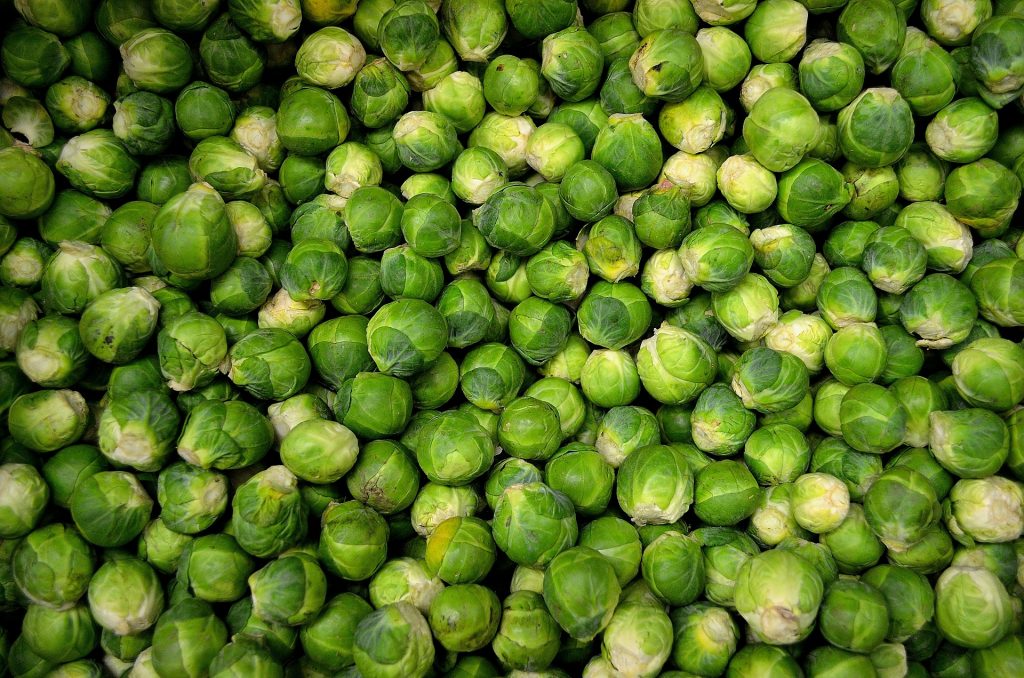
Brussels Sprouts
Like its cool weather cousins cabbage and kale, Brussels sprouts can continue to grow through the winter in slightly milder parts of the country like the Pacific Northwest. They store well too, meaning there are plenty for us to enjoy them all winter long.
Look for: Heads that are bright green in color and firm. Smaller sprouts are usually sweeter and more tender than larger ones. Leaves should be tightly packed. Avoid any Brussels with yellow leaves or back spots which could indicate fungus.
Pomegranates
Pomegranates yield the most beautiful deep ruby-colored seeds called arils. The trickiest part is getting the arils out of the shell and membrane, but you’re handsomely rewarded for your effort. Use them on salads, smoothies, oatmeal or yogurt — or replace anything cranberry with pomegranate.
Look for: The skin of a ripe pomegranate should dark red but till bright. Color denotes ripeness, so a dark fruit will be sweeter, while a salmon colored fruit will be underripe and tart.

Cabbage
Cabbage is technically in season all year long, and it generally keeps for a pretty long time in the vegetable crisper.
Look for: Select a cabbage head that looks compact and feels heavy for its size.
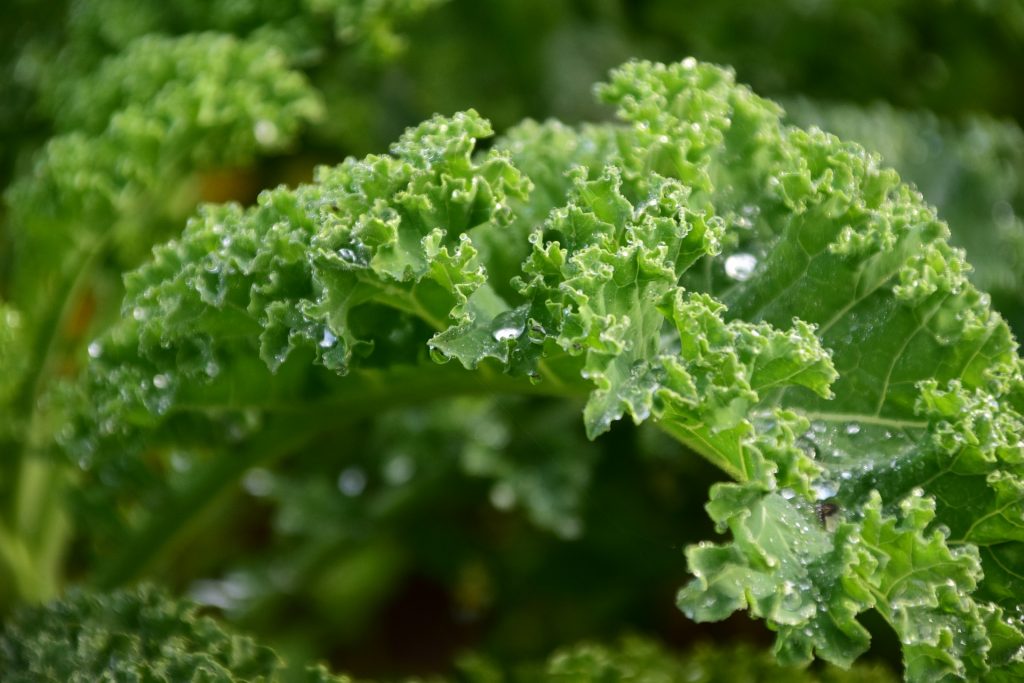
Kale
There are several varieties of kale plants can stand up to post-frost cold temperatures, so you kale could easily still be grown semi-locally.
Look for: Kale leaves should be dark green, with thick and crisp leaves. Limp leaves are less palatable and are usually a sign that the bunch is about to go bad.
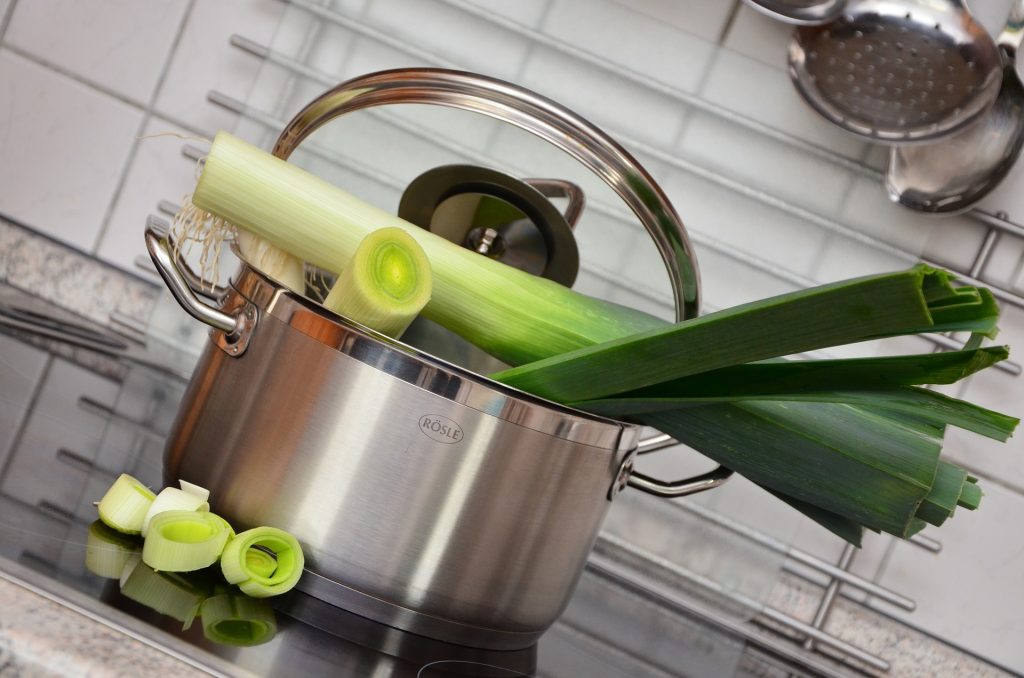
Leeks
Similar to summer leeks, winter leeks tend to have fatter stalks. They can be stored loose in the refrigerator for up to a week.
Look for: Leeks with a long, straight, white or pale green stalk. No cracks or bruises should be visible.
Artichokes
Artichokes are a great winter vegetable with a slightly nutty taste. You can boil, grill, steam, or bake artichokes depending on your preference.
Look for: A healthy, fresh artichoke will feel firm and heavy for its size. Leaves should be tightly packed. Don’t purchase with leaves that look loose, split or pitted.
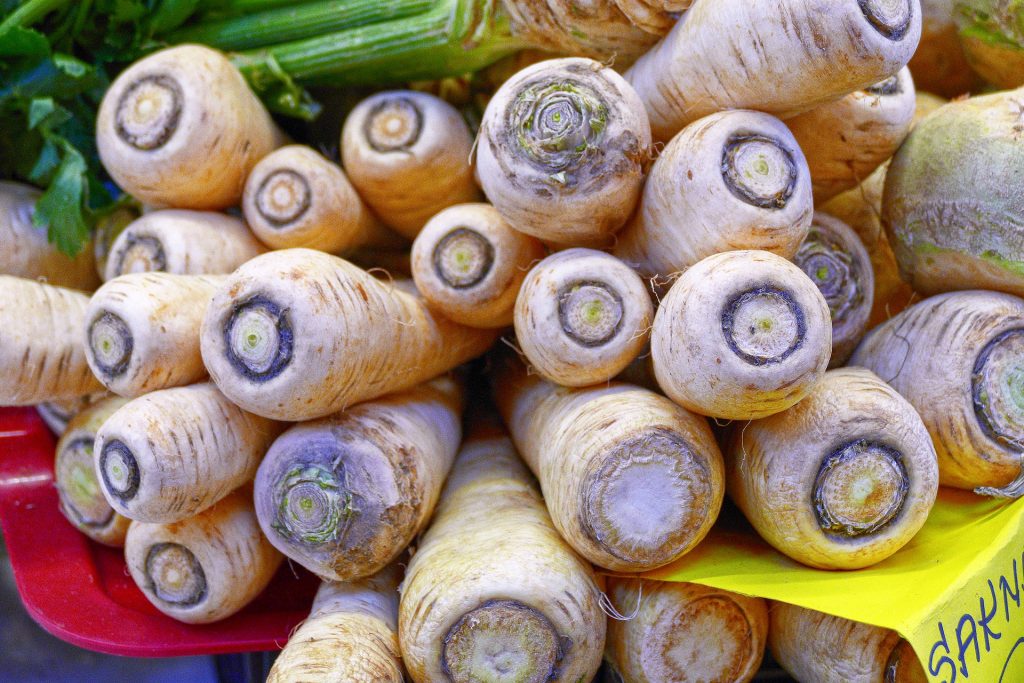
Parsnips
Parsnips are similar in size and shape to carrots, but have a sweeter flavor. Parsnips can last in the crisper for a few weeks after purchase so they’re a good winter veggie to keep on hand.
Look for: Similar to carrots, parsnips should be firm and thick. Parsnips that appear bendy ar already past their prime.
Onions
Winter onions store best when their papers are in tact. They should still have the tops and roots attached. Store loose and uncovered in a cool, dark room, and onions should stay fresh through the whole winter.
Look for: Onions wrapped entirely by their paper. Exposed flesh makes the onion go bad much faster.
Rutabagas
Rutabagas are the sweet and creams sister of your basic potato. Because of this, they work well in purées. Like most other winter vegetables, once purchased, they thrive best in cold, dark places. They can also be stored in the refrigerator.
Look for: Some store bought rutabagas will have a wax coating. Make sure you remove before eating.

